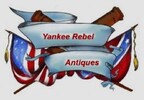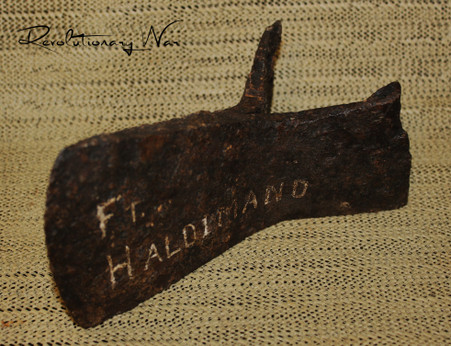 Loading... Please wait...
Loading... Please wait...-
Call us on (973) 810-2976
- My Account
- Gift Certificates
- Items / $0.00
All prices are in All prices are in USD
Categories
- Home
- Artillery related items
- Revolutionary War soldier’s axe, dug many years ago at Ft. Haldimand, NY.
- Home
- Identified Artifacts
- Revolutionary War soldier’s axe, dug many years ago at Ft. Haldimand, NY.
- Home
- Excavated Artifacts
- Revolutionary War soldier’s axe, dug many years ago at Ft. Haldimand, NY.
- Home
- Personal Items
- Revolutionary War soldier’s axe, dug many years ago at Ft. Haldimand, NY.
- Home
- Late 18th Century / Early 19th Century
- Revolutionary War soldier’s axe, dug many years ago at Ft. Haldimand, NY.
- Home
- Revolutionary War items
- Revolutionary War soldier’s axe, dug many years ago at Ft. Haldimand, NY.
- Home
- REVOLUTIONARY WAR ARTILLERY
- Revolutionary War soldier’s axe, dug many years ago at Ft. Haldimand, NY.
Revolutionary War soldier’s axe, dug many years ago at Ft. Haldimand, NY.
Product Description
This is really an unusual piece coming out of a 60-year collection of French & Indian War, Revolutionary War, and War of 1812 artifacts. Being offered is a Revolutionary War soldier’s axe head measuring 8” x 4” and weighing 3-pounds, 9-ounces. What is unusual is that the handle section has split open 3 ½”. This is heavy iron so it must have taken quite a bit of force to make this happen. It was recovered many years ago at Fort Haldimand, NY (see pictures).
This style of axe became quite popular amongst Americans by the middle of the 18th century, although many similar styles were manufactured in England. With all of the fort building and clearing land, there was a dramatic shortage of tools on both sides. There are examples in “Collector’s Illustrated Encyclopedia of the America Revolution”, by Neumann and Kravic (see pictures).
Located near the head of Carleton Island, Fort Haldimand was built in 1777 as a staging area for the British during the American Revolution. Molly Brant, a Mohawk leader who worked to keep the Iroquois Confederacy loyal to the British during the war, lived at Fort Haldimand for a time.
Fort Haldimand (1778-1812) - A British Revolutionary War fort initially established as Fort Carleton in 1778 under the supervision of Captain Thomas Aubrey on Carleton Island in Jefferson County, New York. Initially named for Sir Guy Carleton, Governor of Canada, and Commander of British forces in Canada. Renamed Fort Haldimand for Sir Frederick Haldimand, Carleton's replacement. Construction was halted in 1783, and the post was abandoned in 1812.
During the Revolutionary War it was the main British supply base at the head of Lake Ontario. It was built as a large stone and earthwork fort with some 30 guns. It remained unfinished at the end of the war and construction was halted.
The axe remains in nice condition, having overall rust, but no flaking or chipping and a light coat of varnish was applied for preservation. What caused the damage is open to speculation, maybe even something to do with a gunpowder explosion.
This collection began in the late 1950s and was created by private acquisitions, closed museums, and from lake divers. The collector meticulously displayed and cataloged every piece along with its provenance. His markings were crude at the time, but now they have proved to be very important. Many of the pieces went through electrolysis to remove crusted rust.
This is the first time this relic has been on the open market, and it is truly a great piece of early American History. It is eye-catching and a great conversation piece. It definitely merits a place in an advanced collection or museum. As with all the pieces in this esteemed collection, a Certificate of Authenticity will be included.



